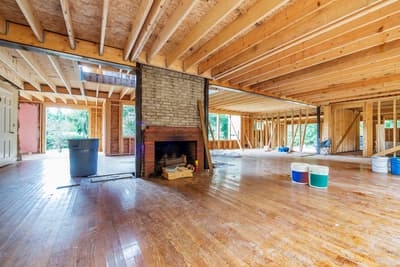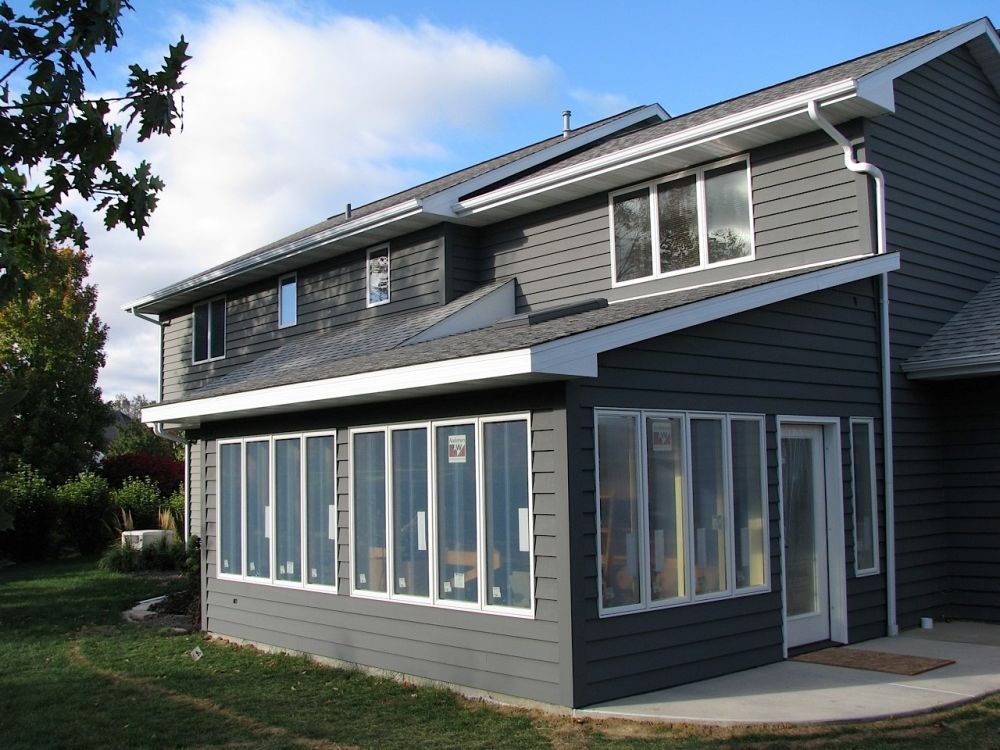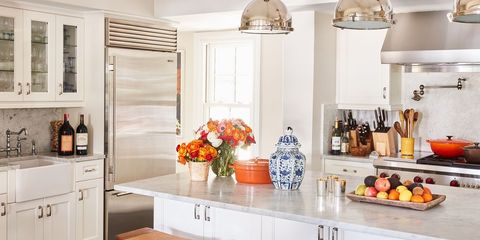
We all want to start making home improvements as we approach spring. The cold and harsh weather of winter has finally dissipated, making it the perfect time to clean the house and make some much needed repairs and improvements. Spring is also an ideal time to plan your next home improvement project. Here are some ways to get started. These are just a few suggestions. Let's begin!
For any evidence of bugs or water damage, check the attic and basement. This area is naturally warm, but check for water damage. If the area is damp, you can install a humidifier. You should look for signs of pests, or other problems. You may also want to install a dehumidifier to eliminate moisture-related problems. If your basement has been neglected, check for roaches and other insects to make sure they don't take over your home.

You can make your home more appealing and improve its quality by making some simple improvements to it. One of the easiest and quickest projects to complete is painting the exterior of your home. A fresh coat of paint on the exterior can give your home a new look and improve the beauty of your home. The same goes for a new roof. You have two options for spring painting: trendy or traditional. If you want a more unique look, consider using a contrasting color for the front of your house.
It's possible to make spring home improvements such as sprucing-up your living space. Painting your home's interior is one way to do so. Bold and vibrant colors are very popular this year. The room can be made more inviting by a fresh coat paint, especially if your children are young. Another option for updating your home's interior is to replace the old carpet. Use bold colors to give your home a new look and bring out the best in you.
You can use a Leaf Blower to remove leaves and debris from your outside. Depending upon the size of your garden, you can clean out your entire property with a Leaf Blower. Wear rubber-soled shoes when cleaning your roof to avoid injury. Avoid leaking gutters on steep-sloped roofs. Gutter screws are a great way to fix any leaks in your gutters.

Spring is the best time to renew your outdoor space. With the warmer temperatures, you will want to spend more outside. Make sure your deck or patio has a strong foundation. Your deck, whether it's made of stone or wood, should be a place where you can relax and entertain. It is important to maintain the foundation of your deck or stone patio so that it lasts longer.
FAQ
Do I need an architect or builder to help me?
It may be simpler to hire someone to help you renovate your home. An architect or builder is a good option if you plan to buy a new house.
How can I quickly sell my house without having to pay any realtor fees?
Start searching for buyers immediately if you're looking to sell your house fast. This means you need to be open to any offer the buyer makes. If you wait too long you might lose out on potential buyers.
Do I require permits to renovate a house?
Yes. Before you start any home improvements project, permits are necessary. In most cases, you will need a building permit and a plumbing permit. A zoning license may also be needed depending on the type or construction you are doing.
Are you able to live in a renovated house?
Yes, I can live in my house while renovating it.
Is it possible to live in a house with renovations going on? The length of construction takes will determine the answer. If the renovation lasts less then two months, then it is possible to live in your home while it is being constructed. You cannot live in your house while the renovation process is ongoing if it lasts more than two years.
You should not live in your house while there is a major building project underway. This is because you could be injured or even killed by falling objects on the construction site. The heavy machinery and noise pollution at the job site can also cause dust and noise pollution.
This is especially true if your house has multiple stories. In such cases, vibrations and noises from construction workers may cause irreparable damage to your property.
As I mentioned before, while your home is being remodeled, you'll have to manage the inconveniences of living in temporary shelters. This means that you won't have access to all the amenities that come with your own home.
You won't be allowed to use your dryer or washing machine while they are being repaired. In addition to the unpleasant smells of chemicals and paint fumes, you will have to endure the noises made by workers.
All these things can lead to anxiety and stress in your family. So it is important that you plan ahead so you don't feel overwhelmed by all the circumstances.
To avoid costly mistakes, do your homework before you make any decisions about renovating your home.
You should also seek professional help from a reputable contractor to ensure everything runs smoothly.
How much does it take to renovate a home?
Renovations typically cost anywhere from $5,000 to $50,000. Most homeowners spend around $10,000 to $20,000 on renovations.
How do I start a renovation of a house?
Cleaning out clutter inside and out is the first step to fixing up a house. Next, remove moldy spots, replace damaged walls, fix leaky pipes, and paint the whole interior. Next, clean the exterior surfaces and paint.
Statistics
- On jumbo loans of more than $636,150, you'll be able to borrow up to 80% of the home's completed value. (kiplinger.com)
- They'll usually lend up to 90% of your home's "as-completed" value, but no more than $424,100 in most locales or $636,150 in high-cost areas. (kiplinger.com)
- According to the National Association of the Remodeling Industry's 2019 remodeling impact report , realtors estimate that homeowners can recover 59% of the cost of a complete kitchen renovation if they sell their home. (bhg.com)
- It is advisable, however, to have a contingency of 10–20 per cent to allow for the unexpected expenses that can arise when renovating older homes. (realhomes.com)
- Rather, allot 10% to 15% for a contingency fund to pay for unexpected construction issues. (kiplinger.com)
External Links
How To
How can I plan a complete house remodel?
Research and careful planning are essential when planning a house remodel. Before you start your project, here are some things to keep in mind. The first thing you need to decide is what kind of home improvement you want to make. You can choose from a variety of categories, such as kitchen or bathroom, bedroom, living space, or living room. After you decide which category you want to work on, figure out how much you can afford to spend on the project. If you are new to working in homes, budget at least $5,000 for each room. If you have some previous experience, you may be capable of getting away with a lower amount.
Once you have established how much you are able to afford, you will have to decide on how big a job to do. If your budget only allows for a small renovation of your kitchen, you will be unable to paint the walls, replace the flooring or install countertops. However, if enough money is available to complete a kitchen renovation, you should be able handle most things.
The next step is to find a contractor who specializes in the type of project you want to take on. You'll get high-quality results and save yourself lots of headaches down the line. Once you have hired a contractor, gather materials and other supplies. Depending on the project's size, you may have to buy all of the materials from scratch. However, there are plenty of stores that sell pre-made items so you shouldn't have too much trouble finding everything you need.
Once you've gathered the supplies needed, it's now time to start planning. To begin, draw a sketch of where you would like to place furniture or appliances. Then, you'll move onto designing the layout of the rooms. Remember to leave enough space for outlets and plumbing. Visitors will be able to easily reach the areas that are most frequently used near the front doors. You can finish your design by choosing colors and finishes. In order to avoid spending too much money, stick to neutral tones and simple designs.
Now that you're finished drawing up your plan, it's finally time to start building! Before you start building, check your local codes. Some cities require permits. Others allow homeowners to build without permits. When you're ready to begin construction, you'll first want to remove all existing floors and walls. Next, you'll need to lay plywood sheets in order to protect your new floors. Then, you'll nail or screw together pieces of wood to form the frame for your cabinets. You will attach doors or windows to the frame.
There are some final touches that you will need to make after you are done. You'll likely want to cover any exposed wires and pipes. For this, you will use plastic sheeting or tape. You will also need to hang photos and mirrors. Make sure to keep your work area neat and tidy.
These steps will help you create a functional, beautiful home that is both functional and attractive. You now have the knowledge to plan a complete house remodel.